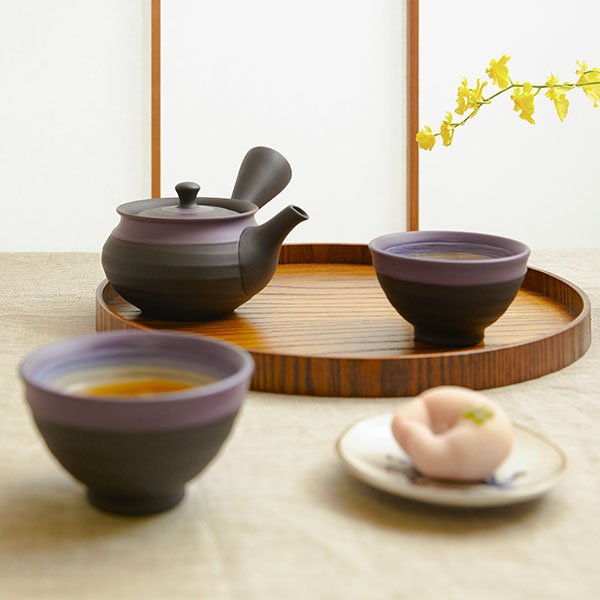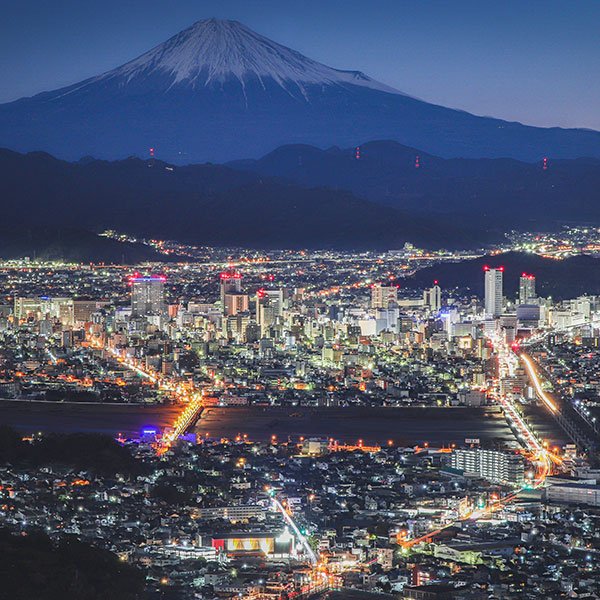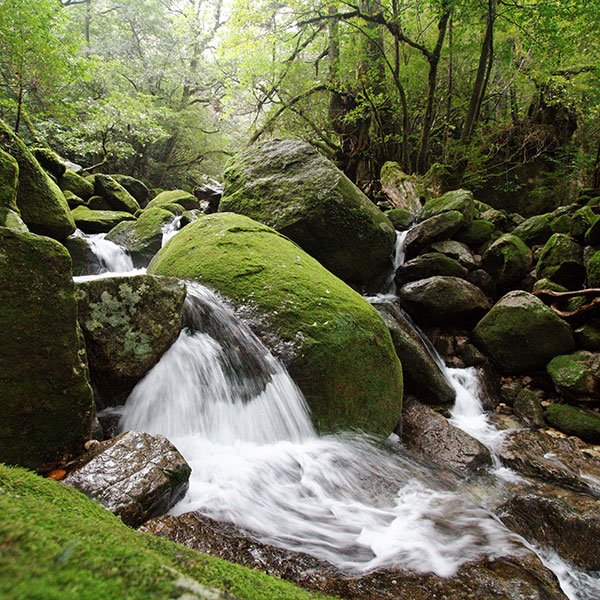What are Sento? 10 Best Japanese Bathhouses in Tokyo
by Phoebe Amoroso | TRAVEL
© Inari-Yu, Photos By Sam Holden & Haruka Kuryu
Sento, or public bathhouses, were once a staple of Japanese neighborhood life. These bastions of communal bathing allow customers to pay a small fee to shower and then soak in a variety of tubs.
Tokyo welcomed its first sento in 1591, and these multiplied across the country and the centuries, numbering more than 18,000 nationwide by 1968. Yet as private bathrooms are now near ubiquitous in modern accommodation, the demand for sento has fallen – hundreds have closed their doors for good – a problem only exacerbated by Japan’s declining population. Sento, which use heated tap water, are not to be confused with onsen, public outdoor baths filled with naturally heated volcanic spring water.
The sento that remain are battling for customers, modernizing their facilities and their image in order to lure younger crowds. Initiatives range from eye-catching projection mapping, jazz music and craft beers to a proliferation of so-called “designer sento” that work with renowned artists and architects to create stylish interiors.
Here are ten Tokyo sento that represent the best Japanese bathhouses of the modern era.
1. Fukuno-yu
© Fukuno-yu, Benzaiten-no-yu
While many designer sento are going ultra-modern with their design, Fukuno-yu resembles a high-class traditional Japanese inn, or ryokan, with gorgeous wooden decor and elegant landscape paintings. The men’s and women’s baths alternate on a weekly basis, with each bathroom offering a completely different atmosphere. Daikokuten-no-yu has striking mosaic tile paintings of golden pine trees in a space where bathers can submerge in an artificial radon hot spring and jacuzzi. By contrast, Benzaiten-no-yu has a bright atmosphere, based on a red-brick and white color scheme, with a sprawling artistic rendering of Mt Fuji on the wall. It hosts a medicinal bath as well as a small tub for solo dips. If you’re keen for a jog, the bathhouse also functions as a running station where customers can leave their belongings and take a bath upon their return.
Address: 5-41-5 Sendagi, Bunkyo-ku (see map)
2. Kogane-yu
© Kogane-yu, Indoor Bath
In terms of facilities, Kogane-yu has pulled no punches. The present-day building dates from 1985 and underwent much-needed renovation in early 2020. Thanks to a crowdfunding initiative and artistic creativity, it reopened later that year, having undergone a significant facelift. In addition to four baths – hot, herbal, carbonated and cold – it offers a stylish sauna with fragrant, hiba (slow-growing cypress) wood benches. There’s a craft beer bar with DJ decks at reception, a cafe with Kogane-yu original blend drip coffee, and even a sleek capsule-style hotel where you can stop by for the night. The baths are so popular that customers can book a timeslot via the website – a rarity in the sento world!
Address: 4-14-6 Taihei, Sumida-ku (see map)
3. Daikoku-yu
© Daikoku-yu, Rotenburo
Kogane-yu’s sister, Daikoku-yu, has firmly cemented itself as a community hub just south of Tokyo Skytree. The large rotenburo (open-air bath), which men and women can use on alternating days, is a major drawcard. There’s also a carbonated bath; a wall mural painted by award-winning manga artist, Yoriko Hoshi; and a choice of two saunas – mugwort steam and far infrared. There are soft drinks and beers to enjoy in the lobby and an open-air wooden deck with a view of Skytree. Furthermore, the facility has a gallery space and it also functions as a running station whereby customers can leave their belongings and head out for a jog, taking a dip upon their return.
Address: 3-12-14 Yokokawa, Sumida-ku (see map)
4. Kohmeisen
© Kohmeisen, Bathhouse
Passed down for three generations, Kohmeisen underwent extensive renovation by renowned sento-reform architect Kentaro Imai, reopening as a designer sento in 2014. Located in the heart of Nakameguro, its entrance is marked by the Kohmeisen name glowing on an orange sign – a color symbolizing the warm water’s ability to heal guests’ spirits and bodies. The interior is just as welcoming as promised, with a highly carbonated bath said to help with pain relief, a radium bath for alleviating pain and healing skin conditions, a cold-water bath, and an open-air bath that rotates between male and female bathing each Friday. A soft blue and white Mt Fuji mural adorns the wall of the main bathing room, designed by graffiti artist Gravity Free.
Address: 1-6-1 Kamimeguro, Meguro-ku (see map)
5. Bunka Yokusen
© Bunka Yokusen, Bath and Mt Fuji Painting
Founded in 1928, this sento was reborn in its modern form in 2011 under the auspices of designer Kentaro Imai. The concept is “slow,” encouraging guests to take as long as they need to relax. Jazz music is piped through the lobby and bathing hall, the latter of which has a choice of tubs: massage, cold water or nano-bubble for cleansing skin pores. Particularly striking are the large mosaic wall and the Mt Fuji mural, painted by Morio Nakajima, one of only three remaining specialized sento mural painters in Japan.
Address: 3-6-8 Higashiyama, Meguro-ku (see map)
6. Sakae-yu
© Sakae-yu, Socrates-no-yu Bath
Renovated in 2017 by Kentaro Imai and his team, this Shinjuku neighborhood sento is all about the lighting. Sakae-yu’s bathrooms are primarily white, with the Kanto-no-yu bathroom bathed in blue light, and Socrates-no-yu illuminated in a gentle lilac hue which creates a strikingly modern yet calming atmosphere. These switch weekly between male and female bathing to allow visitors to enjoy both. There’s also a stylish semi-open-air bath and a sauna with a colourful Buddha mural, painted by graffiti artist Gravity Free, adorning the wooden ceiling.
Address: 2-6-2 Nishi-Ochiai, Shinjuku-ku (see map)
7. Hisamatsu-yu
© Natural Hot Spring Hisamatsuyu, Projection Mapping
A proud winner of the Good Design Award 2015 in the public architecture and facilities category, Hisamatsu-yu is considered one of the best designer sento around. The sleek modern indoor bath boasts the first light projection show at a bathhouse, with white geometric shapes washing over and transforming the wall by the main bath. There’s a carbonated bath said to lower blood pressure and improve blood circulation, a bath that changes with the seasons, and unusually for Tokyo, a natural hot spring open-air bath. For the ultimate relaxation experience, visitors can also book massages and reflexology treatments.
Address: 4-32-15 Sakuradai, Nerima-ku (see map)
8. Kitashinagawa Spa Tenjinyu
© Kitashinagawa Spa Tenjinyu, Hot Spring
From the moment you arrive, Kitashinagawa Spa Tenjinyu looks more like a stylish hotel or bar than a Japanese bathhouse, with indoor greenery aligning a sleek and modern staircase. Aside from its aesthetic appeal, the big attraction here is a natural black hot spring drawn from 100 metres underground, containing minerals that are conducive to smooth and healthy skin. Guests can bathe in this purifying spring water before or after experiencing the other tubs within the facility, including a powerful jet bath.
Address: 2-23-9 Kitashinagawa, Shinagawa-ku (see map)
9. Kairyou-yu
© Kariyou-yu, Bathhouse
Founded in 1916, Kairyou-yu has evolved with the times, upgrading its facilities to attract a younger crowd and take full advantage of its great location between the commercial hubs of Shibuya and Ebisu. The project is yet another by Kentaro Imai, who took the concept of “Shibuya Crossing” as his inspiration, aiming to create a public bathhouse that aids community building and cultural exchange. There are hot and cold tubs, a carbonated bath and a popular sauna which often requires visitors to queue. There’s also a rental space for exhibitions and workshops, and a small shop selling trendy branded clothing and merchandise so you can wear a piece of the bathhouse home.
Address: 2-19-9, Higashi, Shibuya-ku (see map)
10. Inari-yu
© Inari-Yu, Photos By Sam Holden & Haruka Kuryu
Established in 1914 and rebuilt in 1930, Inari-yu is often considered the posterchild for sento revitalization. It’s the first project by Sento & Neighborhood, a non-profit founded in 2020 that aims to restore and revive bathhouses. The group worked with the fifth-generation owners to restore a nagaya, a type of Edo Period (1603-1867) rowhouse, into a community space after acquiring funding from the World Monuments Fund. The nagaya now operates as a cafe that serves up craft beer, as well as a community event space. The sento itself retains a traditional feel, offering three simple tubs at hot, medium and low temperatures, respectively, replete with cypress water buckets below a classic Mt Fuji wall painting.
Address: 6-27-14 Takinogawa, Kita-ku (see map)













TRAVEL | December 15, 2023